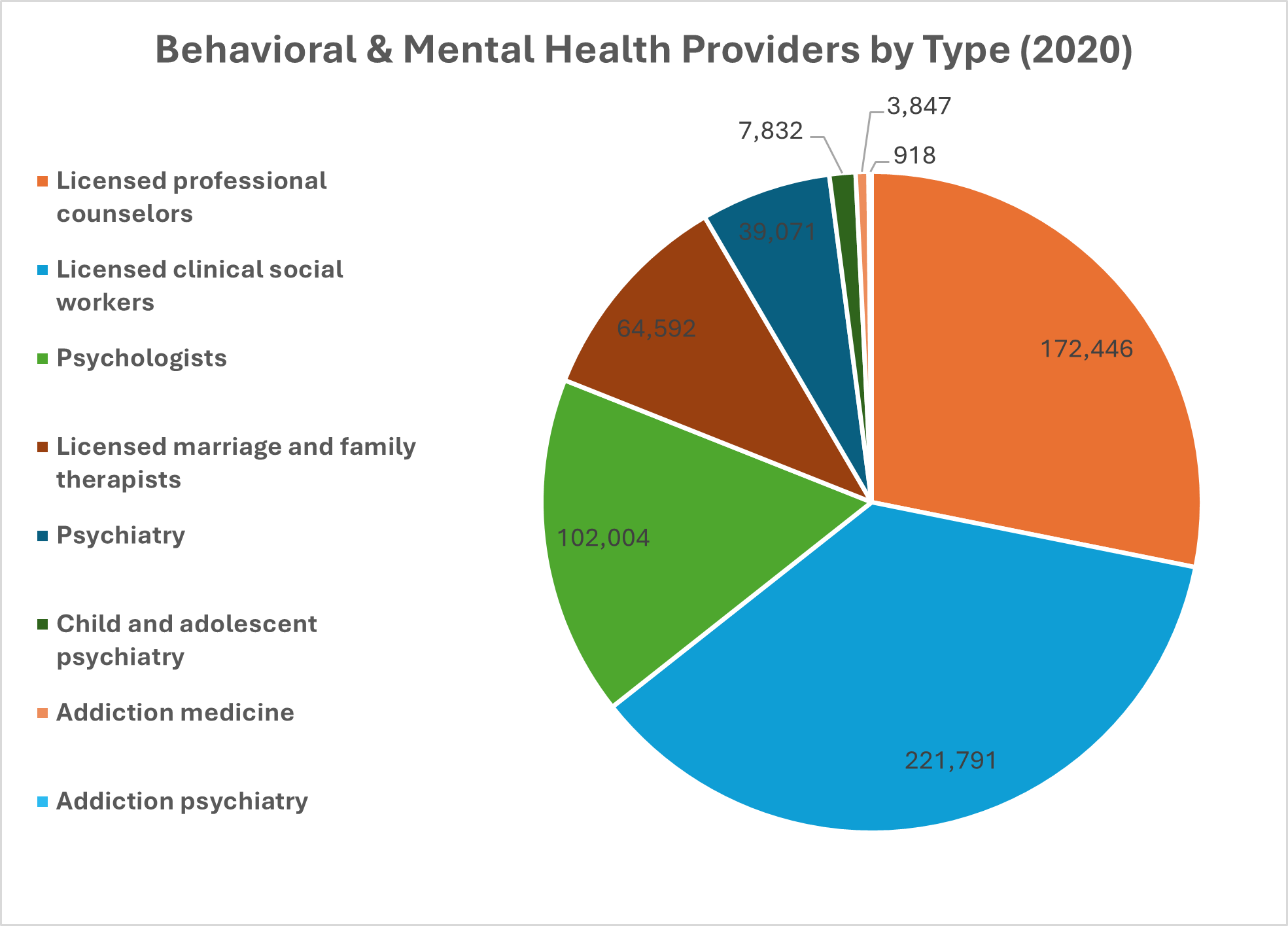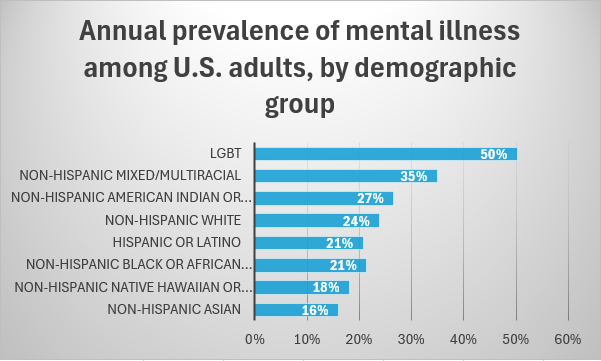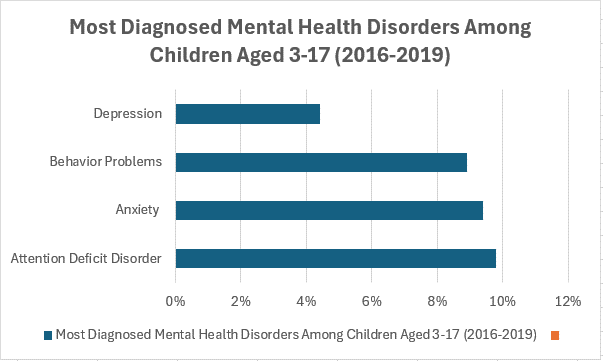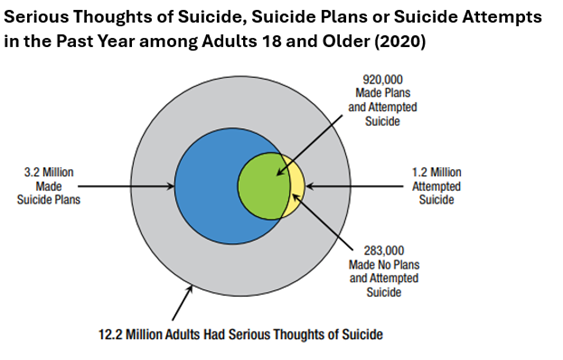Learn more about counselors and the communities they serve.
Counseling Workforce

(Source: U.S. Government Accountability Office)
- Licensed professional counselors are the second largest group in the behavioral health workforce after licensed clinical social workers (Source: U.S. Government Accountability Office)
- Documented workforce challenges contribute to barriers in access to care and nearly half of the US population – 47% or 158 million people – living in a mental health workforce shortage area. (Source: Kaiser Family Foundation)
- Diversity of today’s mental health counselor workforce: 82% white; 15% Black; 11% Hispanic; 1% Asian. Diversity of the U.S. population: 60% white; 14% Black; 19% Hispanic; 6% Asian. (Source: National Institute for Health Care Management Foundation)
- Counselors consistently identify low salaries (8.5% below national average) and high student loan debt (nearly 113% higher than national average) as significant challenges. (Source: ACA 2024 Counseling Workforce Survey)
- Lack of clarity surrounding counselor identity and complex licensure processes lead to 57% of those earning masters’ degrees in mental health never becoming licensed. (Source: ACA 2024 Counseling Workforce Survey)
Mental Health in the U.S.
- Ninety percent (90%) of people in the U.S. believe the nation is in the midst of a mental health crisis. (Source: Kaiser Family Foundation/CNN)
- One-third (34%) of adults under 30 rate their mental health as “only fair” or “poor” compared to 19% of people over 30. (Source: Kaiser Family Foundation/CNN)
- More than half (51%) of adults say their families have experienced a serious mental health crisis. (Source: Kaiser Family Foundation/CNN)
- In addition to younger adults, lower-income adults (31%); those who identify as lesbian, gay, bisexual or transgender (36%); and those in fair or poor physical health (48%) are more likely than their counterparts to rate their own mental health negatively. (Source: Kaiser Family Foundation/CNN)
- Behavioral health conditions (i.e. mental health and substance use disorders) are most prevalent in Medicaid enrollees, with data from 2020 showing that approximately 39% of Medicaid enrollees were living with a mental health or substance use disorder. (Source: Kaiser Family Foundation/CNN)
- Twenty-seven percent of people do not know who to call or how to seek help in a mental health crisis. (Source: Kaiser Family Foundation/CNN)

(Source: National Alliance on Mental Illness)
Mental Health in U.S. Children & Adolescents
- Mental health counseling, medication, or both are frontline treatments for common mental health disorders in school-aged children, such as attention disorders, anxiety and other behavioral health conditions. (Source: National Center for Health Statistics)
- Data showed that in 2021:
- Nearly 19% of children aged 12-17 received mental health treatment — including receiving counseling/therapy and/or taking prescription medication in the past 12 months. Roughly 11% of children aged 5-11 received mental health treatment in the same time frame. (Source: National Center for Health Statistics)
- 9% of boys vs. 7.3% of girls were reported to have taken medication for their mental health. (Source: CNN Health)
- 18.3% of white children received mental health treatments, compared with 12.5% of Black children, 10.3% of Hispanic children and 4.4% of Asian children. (Source: CNN Health)
- 19.1% of children in non-metropolitan areas had received mental health treatments, compared with 14% in large metropolitan areas and 14.9% in medium or small metropolitan areas. (Source: CNN Health)
- The overall proportion of office visits [of US children] with an anxiety disorder diagnosis significantly increased from 1.4% in 2006 – 2009 to 4.2% in 2014 – 2018. (Source: American Academy of Pediatrics)
Suicide
- 12.2 million U.S. adults aged 18 or older (or 4.9 percent) had serious thoughts of suicide in the past year. (Source: Substance Abuse and Mental Health Services Administration)
- Suicide was the second leading cause of death for youth aged 10-14 in 2020, and the third leading cause of death for people aged 15-24. It was the 12th overall cause of death in the U.S. that year. (Source: National Center for Biotechnology Information)
- From 2008 to 2020, the rates of death from suicide among people age 12 and over increased 16% overall, from 14.0 per 100,000 population to 16.3 per 100,000 population. (Source: National Center for Biotechnology Information)
- Forty-five percent (45%) of LGBTQ youth seriously considered suicide in the past year. (Source: The Trevor Project)


